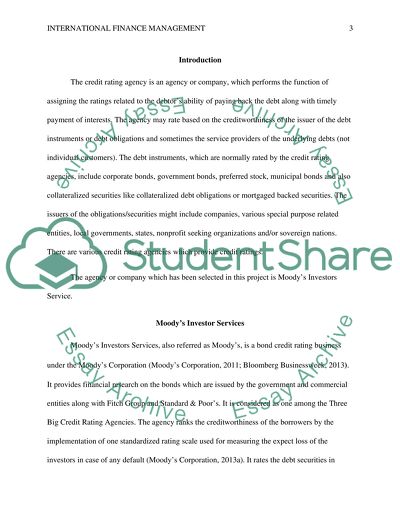Cite this document
(“International finance management Research Paper”, n.d.)
Retrieved from https://studentshare.org/finance-accounting/1485248-international-finance-management
Retrieved from https://studentshare.org/finance-accounting/1485248-international-finance-management
(International Finance Management Research Paper)
https://studentshare.org/finance-accounting/1485248-international-finance-management.
https://studentshare.org/finance-accounting/1485248-international-finance-management.
“International Finance Management Research Paper”, n.d. https://studentshare.org/finance-accounting/1485248-international-finance-management.


